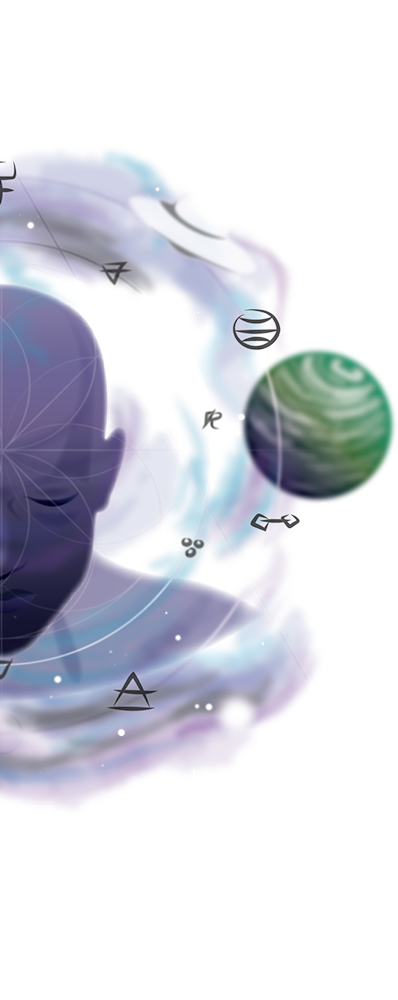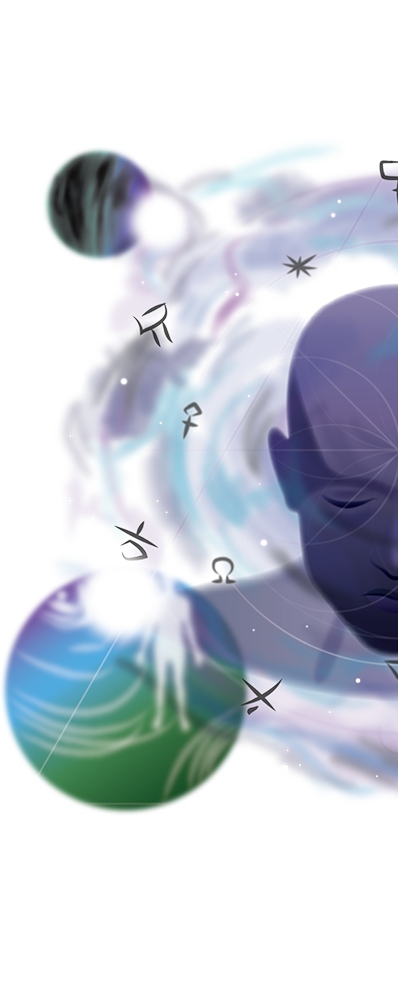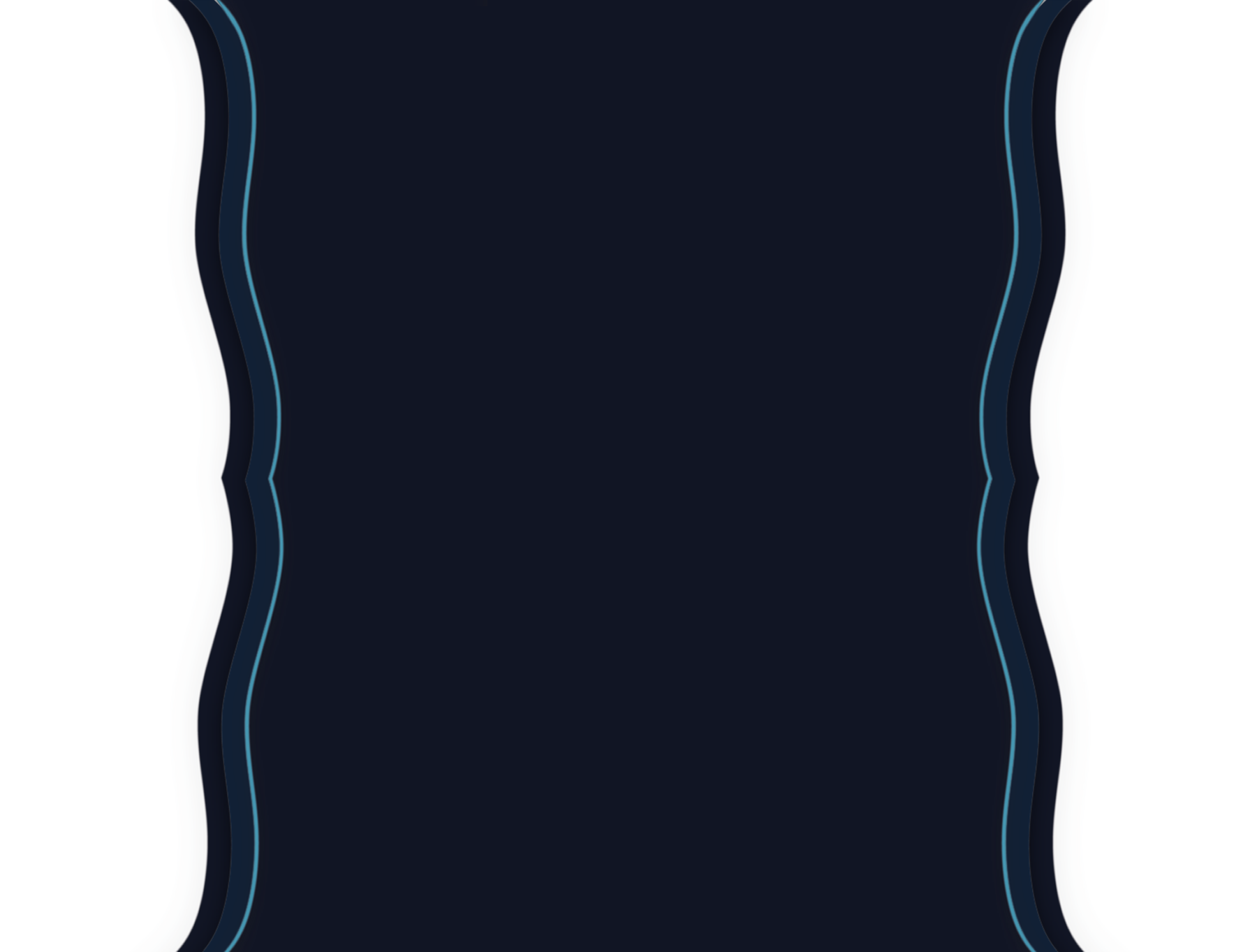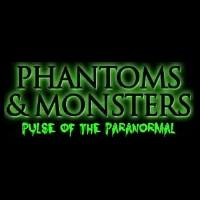By Rosemary Ellen Guiley
Copyright Visionary Living, Inc.
The Cottingley Fairies Hoax was a scandal of fake photographs of fairies which fooled many, including the eminent Sir Arthur Conan Doyle, creator of Sherlock Holmes. The photographs were hoaxed by children. Doyle, a supporter of Spiritualism, tended toward credulity when it came to evidence of spirits, ghosts an survival after death.
Fairy lore had interested Doyle all his life. In 1920, he was excited to receive a letter from a Spiritualist friend, Felicia Scatcherd, informing him that the existence of fairies had been proven with photographs taken in Yorkshire.
Doyle asked a Theosophist friend, Edward L. Gardner, to investigate. Gardner examined the photographs, which showed diminuitive female figures dressed fashionably in Paris gowns, with transparent wings and the traditional double pipe of elves. The photographers were two young girls, Elsie Wright and her cousin Frances Griffiths, who claimed they were able to see the fairies, as well as a gnome who did not want his photograph taken. They said they had taken the photos in July and September of 1917 in the countryside near their Yorkshire village of Cottingley. The bodies of the fairies were white, they said, and the wings were pale green, mauve and pink.
Though the photographs looked suspiciously faked (they were actually cutouts taken from an illustration in Princess Mary’s Gift Book of 1915), Gardner pronounced them genuine and sent them to Doyle. Doyle asked opinions from the Eastman Co. and from Kodak, but took Gardner’s word as the truth. He was further swayed by the testimony of his friend Geoffrey Hodson, a clairvoyant, who said he had seen fairies in the Cottingley area. When Elsie and Frances produced three more photographs (shot by themselves with no witnesses), Doyle was elated.
He published an article about the fairies in the Christmas 1920 issue of The Strand Magazine, complete with illustrations. Other fairy-seekers deluged Doyle with “genuine” photographs, but he saw none that had the charm of the Yorkshire sprites. Over and above Doyle’s desire to believe, he refused to consider the possibility that girls age sixteen and ten, so innocent in their youth, could hatch professional trickery.
In 1922, Doyle published The Coming of the Fairies containing a full account of the girls’ encounters and including chapters giving other fairy evidence and the Theosophic case for fairy sightings. He opined that more authentic fairy sightings would be documented. He then left for Australia on a lecture tour. Upon his return, he found himself the laughingstock of the press on both sides of the Atlantic. The photographs had been widely circulated, examined, and deemed false. Doyle finally admitted that perhaps he was the victim of what might be the greatest hoax in history.
It was not until long after Doyle’s death that the Wright sisters finally admitted their hoax. In the early 1980s, they finally stated that they had faked the photographs to get back at adults who had chided them for saying they played with fairies. As girls, they had actually had seen fairies, they said. The sisters said that when Doyle became enthusiastically involved, they had been unwilling to embarrass him by admitting him the photos were fake. Unfortunately, their silence led to an even greater embarassment for him.
Despite the setback and ridicule, Doyle remained steadfast in his Spiritualistic beliefs and activities.









